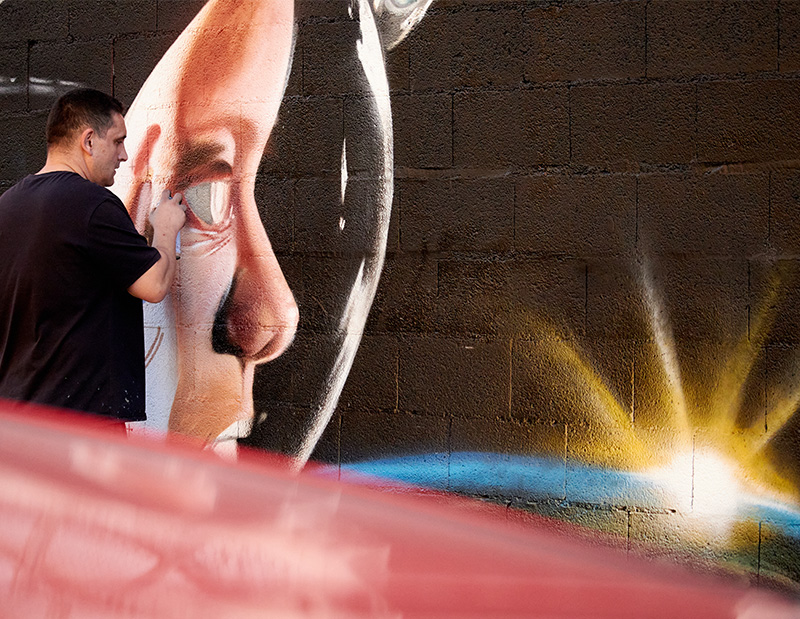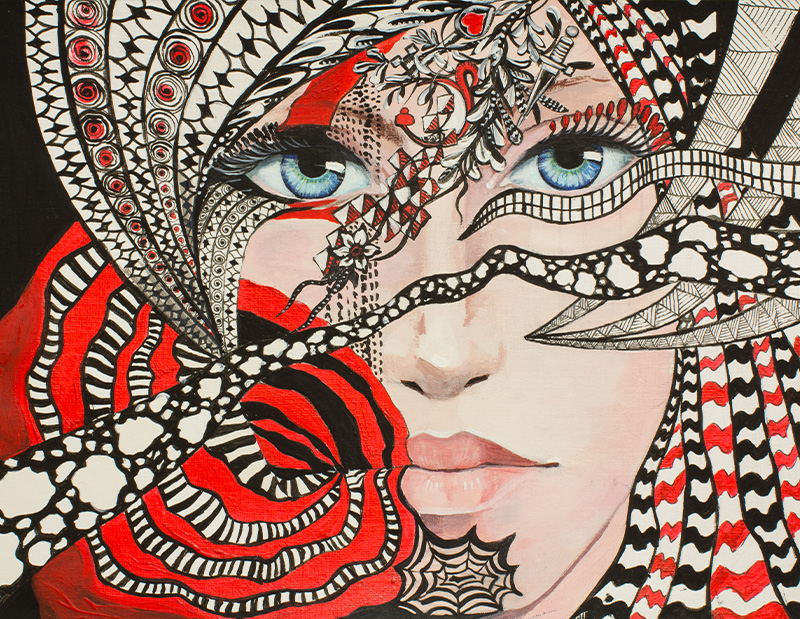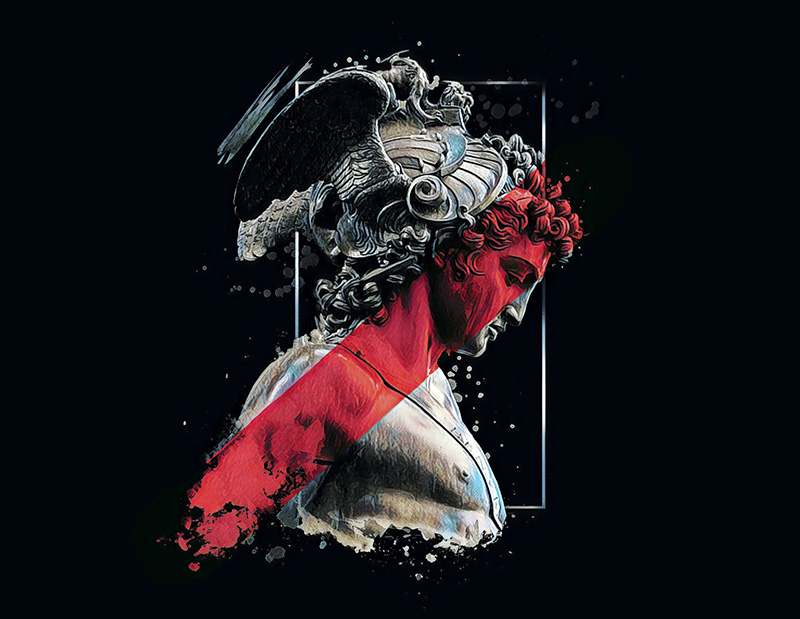Visual arts include mediums like architecture, ceramics, crafts, drawing, design, filmmaking, painting, photography, and sculpture. Other types of art, like the performing arts, also feature elements of the visual arts. Like other parts of the larger art field, the visual arts have their own vocabulary. The following terms are defined through the lens of the study of visual arts.

Appropriation – Sometimes artists copy, borrow, or alter existing works of art or other images on purpose.
Art – There are many definitions of the word art. One definition concerning visual arts is either an object or action that has been designed to be seen or experienced by people other than the creator. The term art can also be used as a way to honor a work and as a way to classify it.
Artist Statement – Some artists share the context in which they created a piece. The statement can include information about the process of creation, how they learned the necessary context and technique to produce the work, and any personal reflections they want their audience to know about. These statements can be written or spoken.
Artist – Anyone who purposefully strives to make art of any sort is known as an artist. A person doesn’t need to have formal training or be professionally employed to use the term artist. They simply must be someone who creates some sort of artwork.
Artistic Investigations – Artists move beyond accepted mediums, techniques, and styles of art by exploring the different ways they can apply accepted knowledge and come up with new methods of inquiry and process.

Art-making Approaches – There are various methods, techniques, and strategies artists can employ when planning, designing and creating a new piece.
Artwork – Any piece created by an artist to be seen, appreciated, or experienced by someone else.
Characteristic(s) – Any essential piece, attribute, technique, use of imagery, or vernacular references that are an important part of an artwork or something that can be seen across an artist’s portfolio.
Characteristics of Form and Structure – Students of art learn the terms used to describe art. These terms are pulled from contemporary, traditional, and modern sources. Students learn these characteristics and how to analyze existing pieces to identify them so that they have a broader field of knowledge to draw from when creating their own artworks.
Collaboration – Creating art is not always a solo endeavor. Artists sometimes work together to create a piece. In the world of visual arts, often artists with different specialties will come together to create an installation, film, or another piece of complex visual art.

Formal and Conceptual Vocabularies – The vocabulary of art describes all the ways art is made. It covers both highly academic and theoretical concepts behind the creative process along with the simple, practical terms that describe how art is produced. These terms come from cultures across the world and from a variety of time periods.
Material Culture – Humans make or gather a wide variety of objects that make up the physical representation of their everyday lives. These items make up the material culture of a civilization. Common objects often have just as much artistic meaning as purposefully designed masterpieces.
Materials – Paint and canvas are traditional materials used to make art. Today, artists use a wide range of materials to make their works come alive. Not all materials used in modern art exist in the physical realm since so much art is created on computers and tablets.
Medium – Medium can be used to describe a style of art or the materials used to create it. For example, oil paintings speak to both a style and a type of paint.
Portfolio – Artists assemble either a physical or virtual collection of their work in a way that shows their creative and technical growth.

Preservation – Art and artwork are cared for, saved, and protected through many different archival methods. This applies to both physical and virtual works of art.
Style – Different eras and civilizations have specific characteristics that are an outgrowth of the cultures where the artists of the period were living and working that make them recognizable.
Subtractive Process – One technique that sculptors use is carving away unneeded material as they work.
Visual Components – The parts of an artwork or visual art installation are the visual components of the work.
Visual Organization Approaches and Strategies – Graphic design is a visual art that emphasizes the ideals of alignment, typography, spacing, scale, proximity, consistency, and hierarchy are all used to create balance and focus in a work.
Visual Plan – Galleries and museums make a blueprint that shows how each piece of art to be exhibited will be displayed, along with any interpretive materials or other artifacts.

Home Theater Seating

